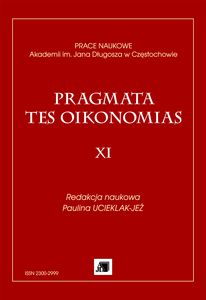Econometric Tools Supporting the Environmental Manement Process in Transport Sector
Słowa kluczowe:
sektor transportu, emisja dwutlenku węgla, zarządzanie środowiskowe, narzędzia ekonometryczneAbstrakt
Air pollutant emission generated by road transport is often the side-product of exhaust emission, which is derived from fuels combustion process. The increase of road traffic, caused inter alia by such factors as the economic growth, rapid urbanization, change in the life standards, improve of road infrastructure, leads to the increase of road-transport related energy consumption and air quality deterioration. In order to improve air quality, especially
in urban area, environmental management instruments ought to be used by policy makers who are responsible for transport development. Their effectiveness may be strengthened through the use of econometric tools by means of which it is possible to identify the drivers of air pollutant emissions in transport sector. Hence, in this paper the existence of the long-run equilibrium relationship between carbon dioxide emissions and GDP, energy consumption, fuels prices, urbanization ratio is checked in transport sector of chosen European countries. The background of empirical research constitutes the environmental Kuznets curve (EKC) hypothesis. This hypothesis is verified using different cointegration tests: Hansen parameter instability test, Park added variables test, Engle-Granger and Phillips-Ouliaris residual-based tests.

